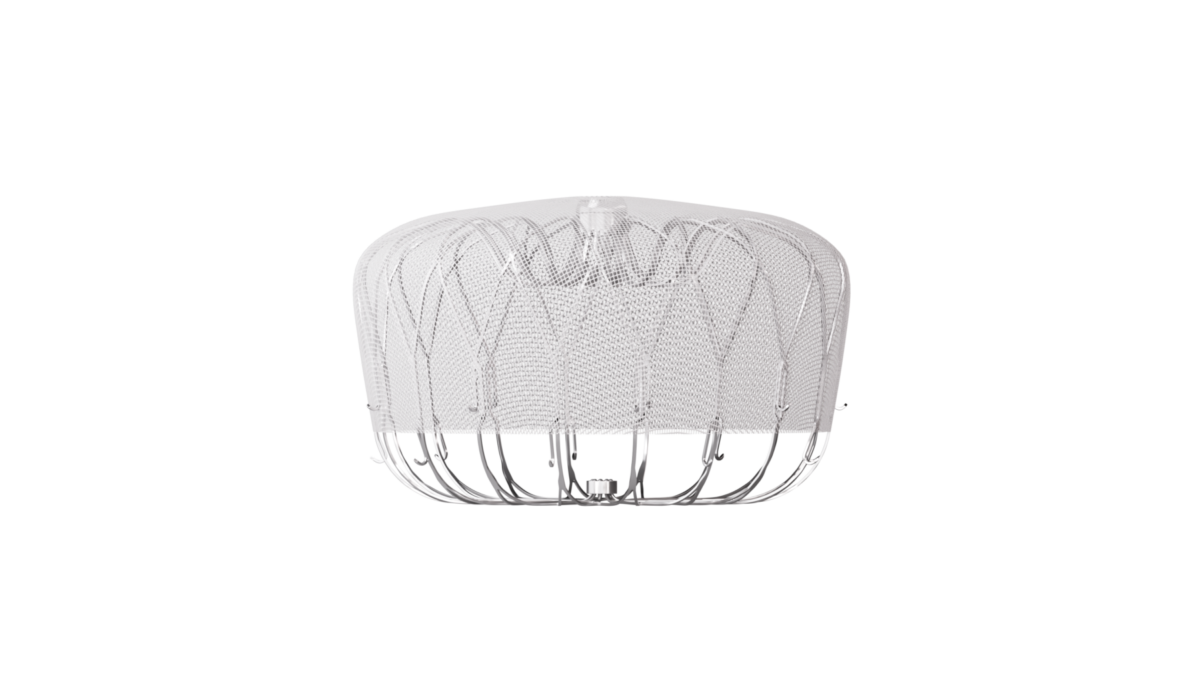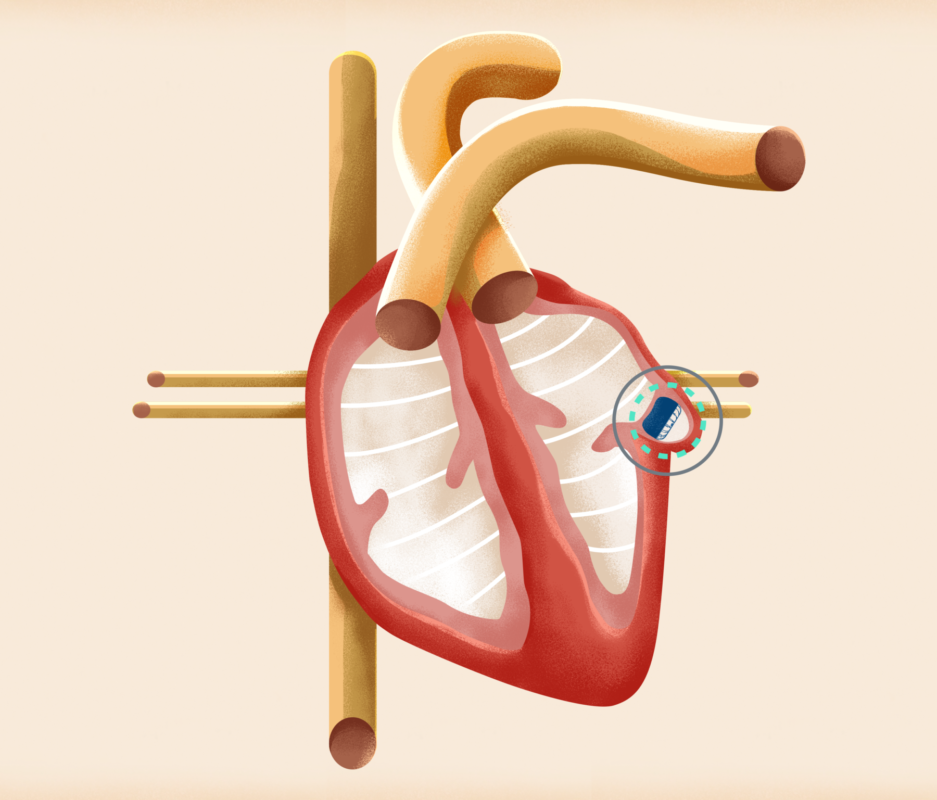Memorial Health System offers a new option for atrial fibrillation
Permanent heart implant is designed to reduce stroke risk in patients with non-valvular atrial fibrillation

Memorial Health System Cardiologists Dr. Judson Colley, Dr. Umair Malik, Dr. Paul Mullen, and Dr. Antoine Rizk perform implants of the latest-generation WATCHMAN FLX™ Left Atrial Appendage Closure (LAAC) Device on patients with an abnormal heart rhythm called atrial fibrillation (AF) to prevent stroke. The health system is one of few in Mississippi to offer the WATCHMAN FLX device, built upon the most studied and implanted LAAC device in the world, as an alternative to the lifelong use of blood thinners for people with AF not caused by a heart valve problem (also known as non-valvular AF).

An estimated seven million Americans are estimated to be affected by AF – an irregular heartbeat that can feel like a quivering heart. People with AF have a five times greater risk of stroke than those with normal heart rhythms. The WATCHMAN FLX device closes off an area of the heart called the left atrial appendage (LAA) to keep harmful blood clots that can form in the LAA from entering the bloodstream and potentially causing a stroke. By closing off the LAA, the risk of stroke may be reduced and, over time, patients may be able to stop taking their blood thinner. The latest-generation technology has a new design to help treat more patients safely and effectively to ensure the best long-term outcomes.
The WATCHMAN technology has been implanted in more than 200,000 patients worldwide and is done in a one-time, minimally invasive procedure that does not require an incision. Typically, patients go home the same day or the next day following the procedure. The WATCHMAN is a permanent device that doesn’t have to be replaced and can’t be seen outside the body. The procedure is done under general anesthesia and takes about an hour.
